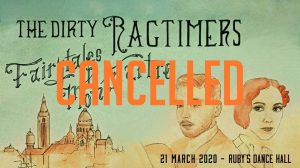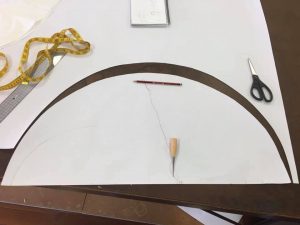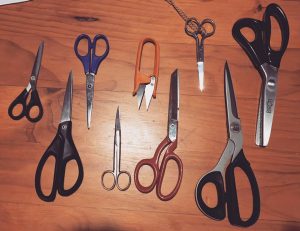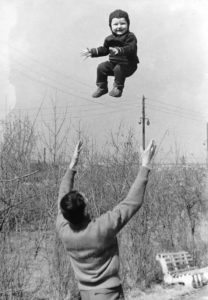We had almost sold out of passes. We had some truly epic things planned with live music and performances. We had wonderful teachers booked. The band and DJ line up was fresh and exciting. We’d spend thousands of dollars already. But the thought of sending our friends home with an infection is even worse.
”
Hello dear friends,
We’re very sorry to have to write this to you, but we (Sharon and Sam) have decided to cancel Jazz BANG this year, due to the health crisis presented by the COVID-19 virus.
While the Australian government has not banned public gatherings yet, we cannot be sure of the situation in May. We don’t want to risk the health of our volunteers, bands, and guests – our _friends and families_. So we have decided now to protect the health and safety of the people we care about.
What’s been happening behind the scenes?
– It’s become harder to guarantee our international teachers’ access to Australia, as the government restricts entrance to the country and enforce 14 day quarantines.
– We know that transmission of COVID-19 is facilitated by lots of people coming together in big groups and touching each other. We hate the thought of spreading illness ourselves.
– We are concerned that international and interstate guests won’t be able to return home after the event, or will be quarantined when they return. Or even worse, that they will take infection home with them.
– We have already committed a certain amount of our own money to Jazz BANG, but we are at a pivotal point. Cancelling now, we reduce our potential losses. A huge loss in May would make it very difficult to run local parties and classes in the future. So we have decided to focus on protecting the economic sustainability of our local community now.
What does this mean for you?
Registrants:
If you have already registered for a Jazz BANG pass (and we have almost sold out of all passes, even at this early stage), we will begin refunding through Trybooking from Monday 23rd March.
Why the delay? Cancelling a big event takes almost as much work as planning one, and we have a loooong to-do list.
Musicians:
We are bitterly disappointed that we won’t be able to work with you, or to show you off to the dancing world. If you have recordings available for sale, please do send us the details and we will go hard on promoting them.
DJs:
We were looking forward to working with new friends and old. Please keep us in mind for the future when you are planning your calendar. We would love to have you back in Sydney.
Volunteers and staff:
We have been overwhelmed (again) by Sydney dancers’ enthusiasm and determination to be a part of running a big party. We were also looking forward to working with you, and seeing just how epic your work can be. Thank you for your generosity. You humble us.
Again, we are writing with heavy hearts, but with the belief that we are making the right decision.
Your friends,
Sam Carroll and Sharon Hanley.





